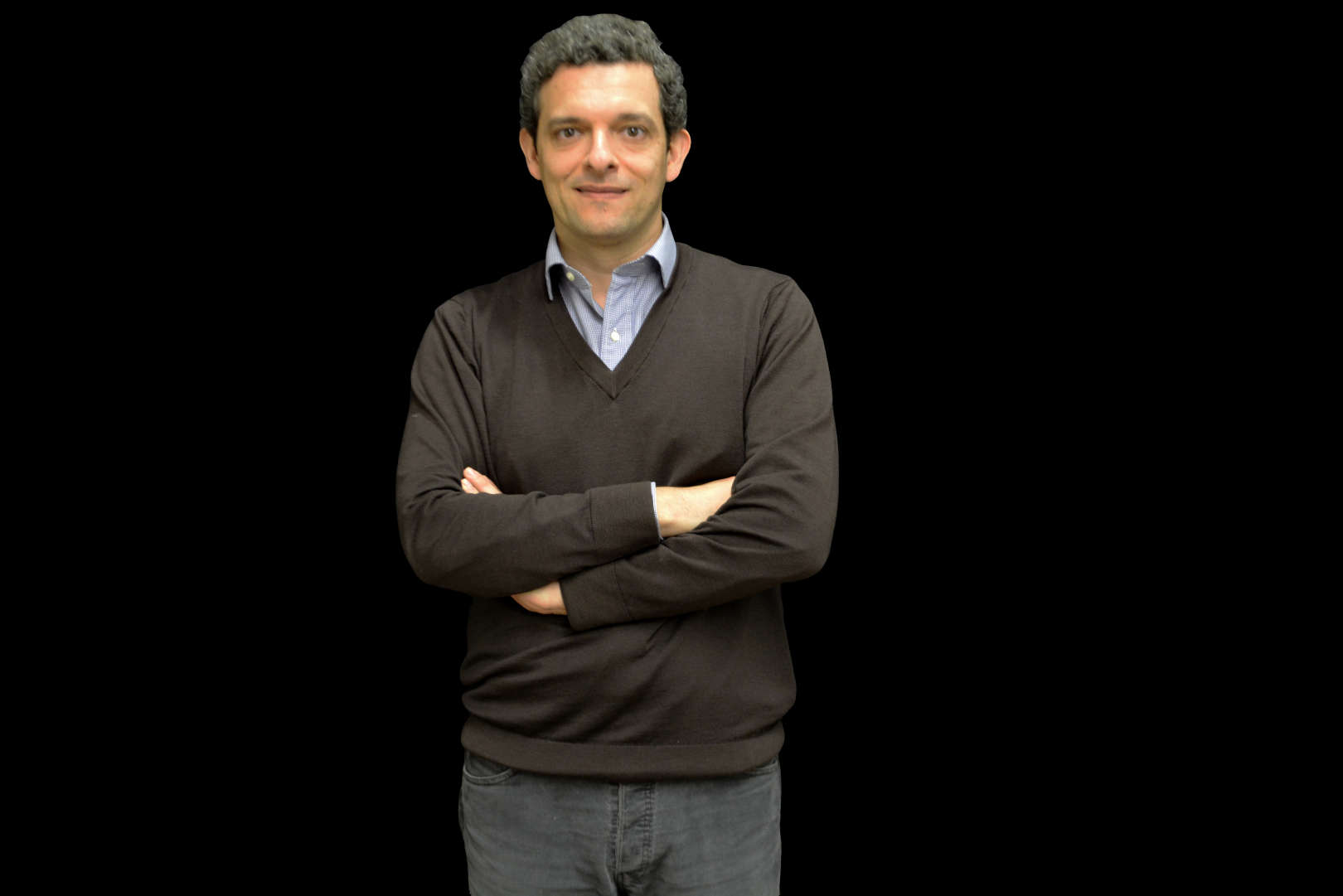Sobre
Alexandre Valle de Carvalho é Professor Universitário desde 2001, e Professor Auxiliar do Departamento de Engenharia Informática (DEI) da Faculdade de Engenharia da Universidade do Porto (FEUP) desde 2009. É investigador do Centro de Sistemas de Informação e Computação Gráfica (CSIG) do INESCTEC, desde 2001 e investigador sénior desde 2009. A área científica da Computação Gráfica tem estado presente ao longo do seu percurso académico, no Híbrido de Raytracing e Radiosity para o Cálculo de Imagens Fotorrealísticas, de 1994, na Interface Gráfica do Módulo de Entrada de Dados do Modelo VALORAGUA, de 1997, na Síntese de Imagem para Ambientes Virtuais Experiências com a técnica RENDERCACHE, de 2001. , e culminando com o seu doutoramento intitulado “Spatio-temporal Information Management and Visualization” em 2009. A atividade profissional em Sistemas de Informação Geográfica, como bolseiro, quadro técnico e depois investigador no INESC PORTO, deram motivaram o estudo na área de sistemas de informação, em particular SIG e nos contextos de Gestão de informação urbana, eDemocracy e eGovernment. Da confluência das áreas de computação gráfica e sistemas de informação resultou o tema e trabalho de doutoramento, em gestão e visualização de informação espaço-temporal, concluído em 2009, onde defendeu uma hipótese em sistemas de informação e outra em visualização de informação. Até à atualidade realiza investigação nessas duas áreas. Até à atualidade, participou num número considerável de projetos de investigação e desenvolvimento, enquadrados por projetos europeus, projetos nacionais, de consultoria especializada, tendo publicações indexadas em conferências e revistas científicas. Ao nível da extensão e valorização económica e social do conhecimento, fundou a empresa SIAGHOS, Lda., em 2012, para sistemas e tecnologia de apoio à elaboração de estudo clínicos observacionais. Neste contexto, concebeu, produziu e inovou em sistemas de informação para apoio aos processos de registo e análise de estudos clínicos observacionais para patologias de hemato-oncologia. Estes sistemas estiveram ao serviço de uma parte considerável dos hematologistas portugueses, entre 2012 e 2018. Também ao nível de extensão e valorização económica e social do conhecimento cofundou em 2015 uma spinoff do INESCTEC, para a área dos sistemas de informação de apoio ao Setor dos Transportes e Logística (STL): a MITMYNID, onde é sócio e desempenha responsável de tecnologia. Neste contexto tem participado na elaboração de candidaturas, realização e coordenação de projetos de elevado grau de inovação e na elaboração e execução de propostas e prestação de serviços onde também está patente inovação. São exemplo disso dois projetos demonstradores P2020 e a colaboração em dois projetos europeus. No contexto da gestão universitária tem desempenhado funções de coordenação científica e pedagógica de unidades curriculares, grupos de unidades curriculares e de cursos de 1º e 2º grau.


